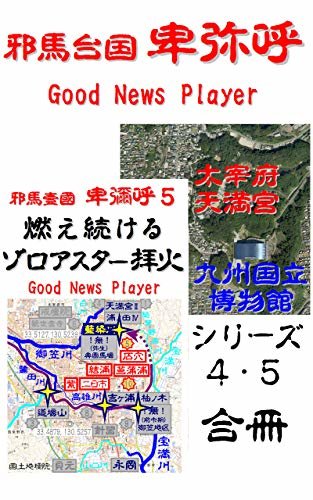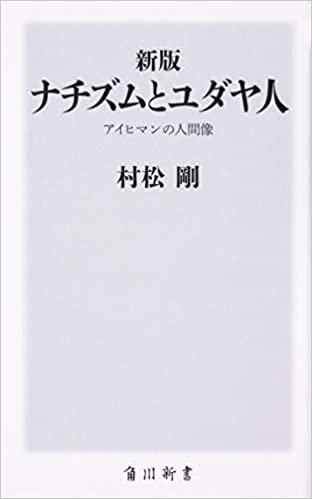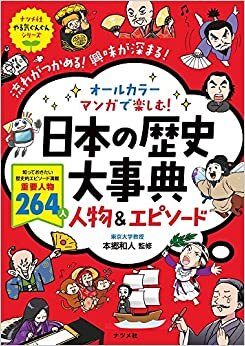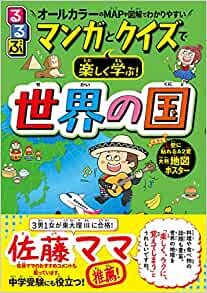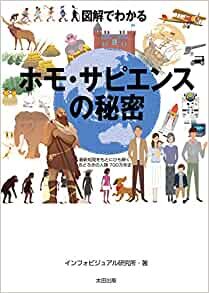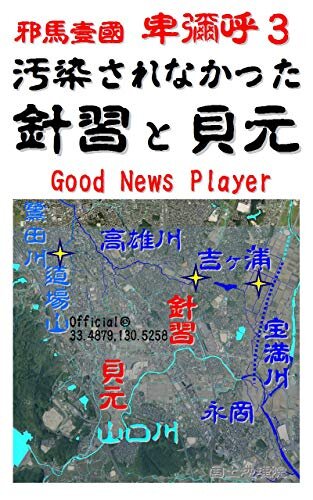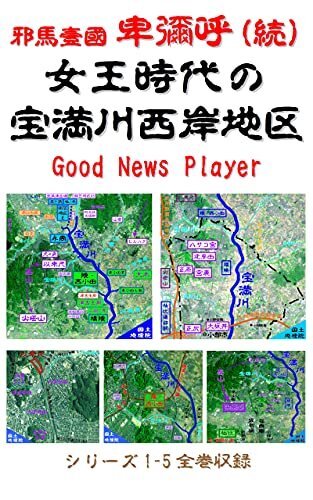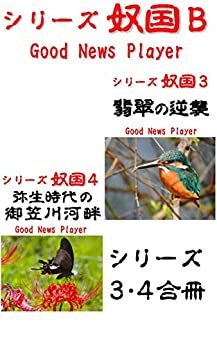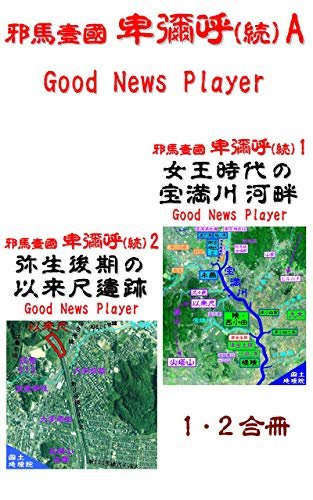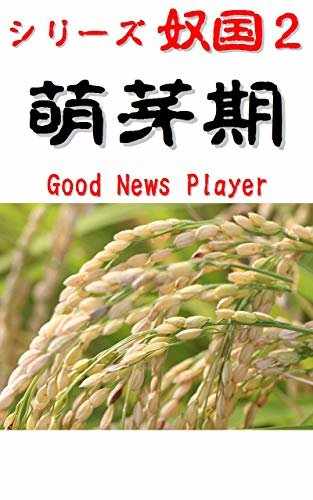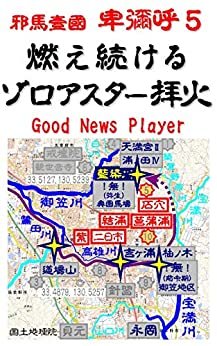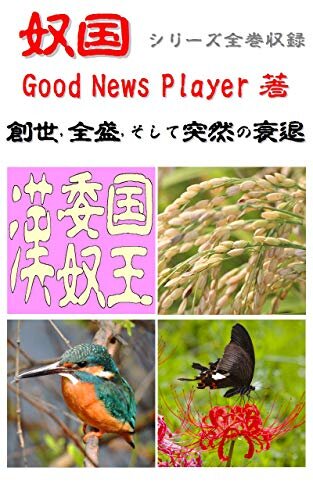ダウンロード 邪馬台国 卑弥呼B: シリーズ4・5 本
から Good News Player
邪馬台国 卑弥呼B: シリーズ4・5
This book includs the Series 4 and 5 of "邪馬台国 卑弥呼".§ Series 4Look for the ruins around Dazaifu Tenmangu and the Kyushu National Museum in the Late Yayoi period, that is, the period of Queen Himiko. However, although the area around the shrine approach is paddy fields like a small plain, there are no remains. Furthermore, there is nothing in the Kofun period of Japan. There is nothing too much, so we will take a closer look at the Cylinder Seal pottery in the previous Jomon period of Japan. It has been excavated in large quantities at "原遺跡" (HARU) and "宝満山遺跡" 23th in Chikushino City, just east of Dazaifu Tenmangu. And there are traces of life that continue until the end of the Jomon period of Japan. However, the next time, which will appear archaeological site, is in the Later Heian period of Japan. It is Dazaifu Tenmangu Shrine that is related to "菅原道真公". From the excavation reports, It was at the beginning of the 10th century that "菅原道真公" was assigned to Dazaifu and died in disappointment. And a prosperity will resume dramatically from its time on. We can see that the folklore, which remains in Dazaifu Tenmangu, is quite accurate. And we are looking at the progress of the prosperity in this era from the excavation reports.§ Series 5Suddenly Zoroastrianism is not a religion of the thugs, but a religion that was once recognized by the Persian Empire. It is a basic position as a nomadic religion that confronts the god of fertility. Even if the head is deformed, it will confront the god of fertility. However, its resurrection took in Indian Hinduism, transformed its basic principles, and spread as an organized religion. Belief also breaks rocks. It means eating rocks as well. The title is a religious philosophical title, emphasizing the fact that traces of Zoroastrianism were confirmed at the ruins and that there is a record of Tocharians visiting Japan during the Asuka period of Japan. But this Series is Yamataikoku Himiko. We will look at the coronation of Himiko and the ruins of the Queen Himiko era and the Late Yayoi period of Japan.The "吉ヶ浦遺跡" and "御笠地区遺跡" along "宝満川" of FUKUOKA prefecture of Japan for Series 1, "奥園遺跡" of the approach to Dazaifu Tenmangu Shrine and the Aizen river of "馬場遺跡" along "藍染川" of FUKUOKA prefecture for Series 4, there were completely no ruins of the Late Yayoi period of Japan for these two places in spite of the riverside small plains. This time, we will look at the ruins of the hills of "高雄山", which is located between two places mentioned above. Surprisingly, there are ruins of the Late Yayoi period of Japan in this hills area. The "菖蒲浦古墳", which mound at the westside foot of "高雄山", is accompanied by many burial items. And after the death of Himiko in 248 Another topic is that cremation was being carried out using bone ware. The cremation bones of the bone ware were also excavated at "浦ノ田遺跡" 4th on the gentle slope of "安楽寺" seen in Series 4, but they have been excavated over a wide area in the hills of "高雄山". The current Japanese grave system has many cremation bones, but we can see that it started around this time in Japan. It seems to be even older. In addition, it was found that the regional situation suddenly developed due to the death of Himiko in 248 in "御笠地区遺跡" of Series 1 and "貝元遺跡" of Series 3. Although it is a rapid development, we will read the excavation report one by one in search of something about Queen Himiko.English Editon is ASIN : B084P4PTNX in Amazon.com.
人気のある作家
昭文社 地図 編集部 (264) ゼンリン (85) 地球の歩き方編集室 (74) 塩野 七生 (65) 昭文社 旅行ガイドブック 編集部 (46) 写真工房ポストカード (38) Good News Player (30) 渡部 昇一 (25) 本郷和人 (24) Audible Studios (23) 富井 義夫 (23) 渡辺 惣樹 (22) 倉山 満 (20) 井沢 元彦 (20) りょう (20) 長谷川大 (19) ジェイティビィパブリッシング (19) JTBパブリッシング (16) 昭文社 出版 編集部 (16) 高木 從人 (14)最適なファイルサイズ
1054 KB 1179 KB 1393 KB 17960 KB 18341 KB 293 KB 350 KB 391 KB 47 KB 988 KB 100028 KB 10091 KB 10135 KB 101405 KB 10170 KB 102444 KB 10274 KB 1027 KB 10309 KB 10402 KB